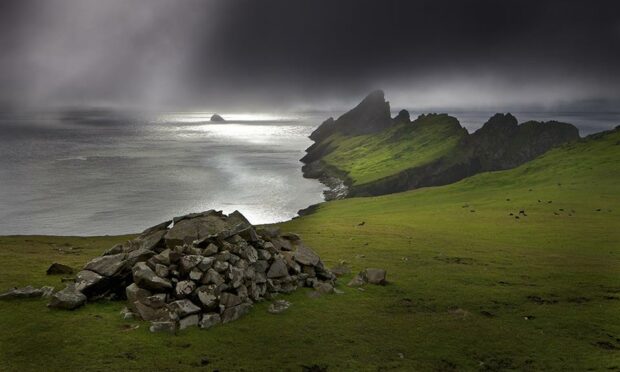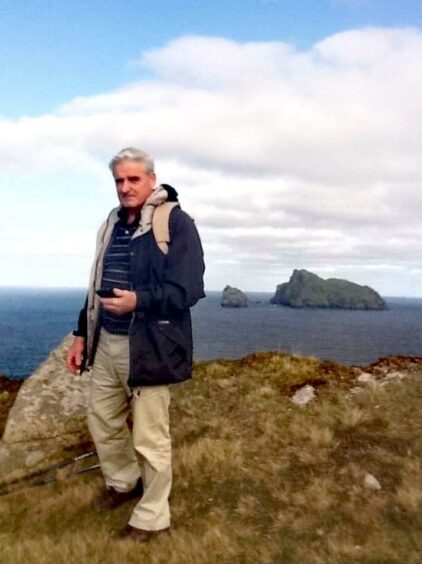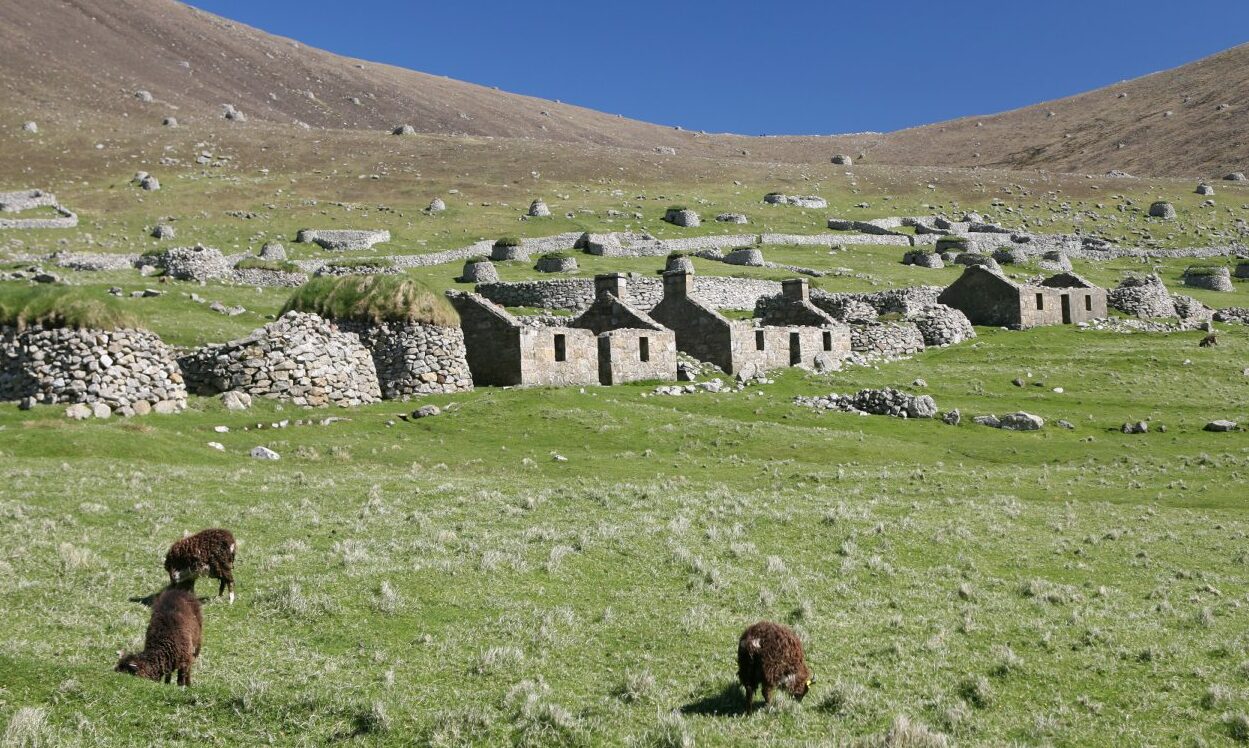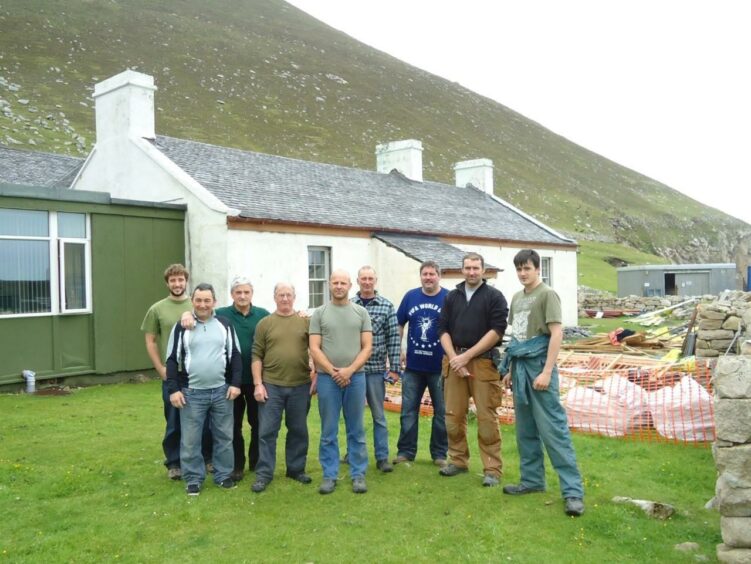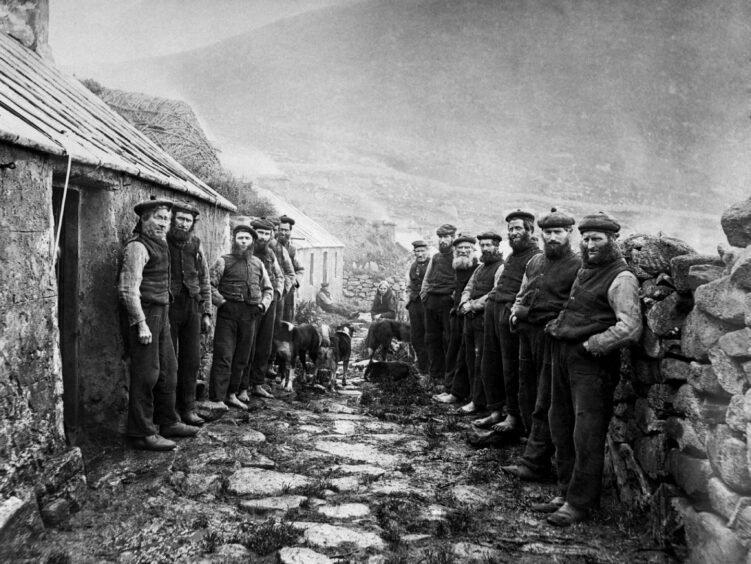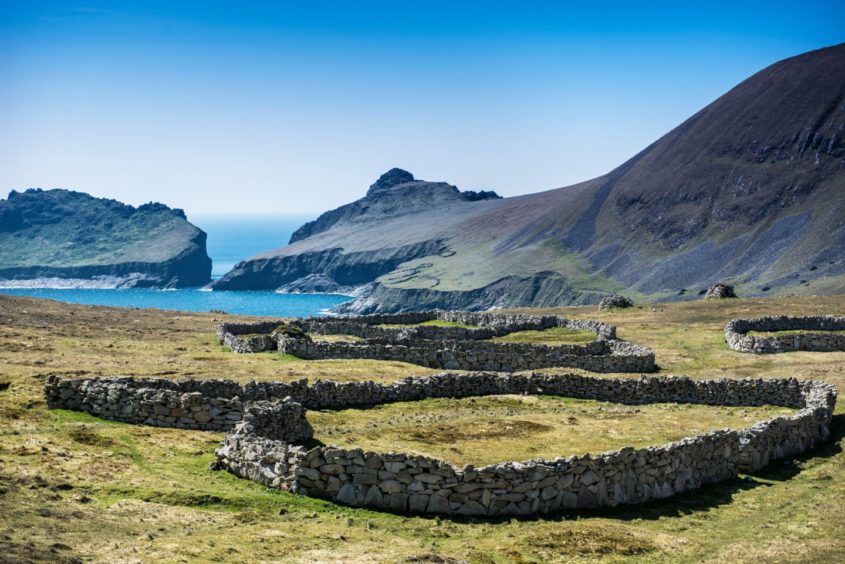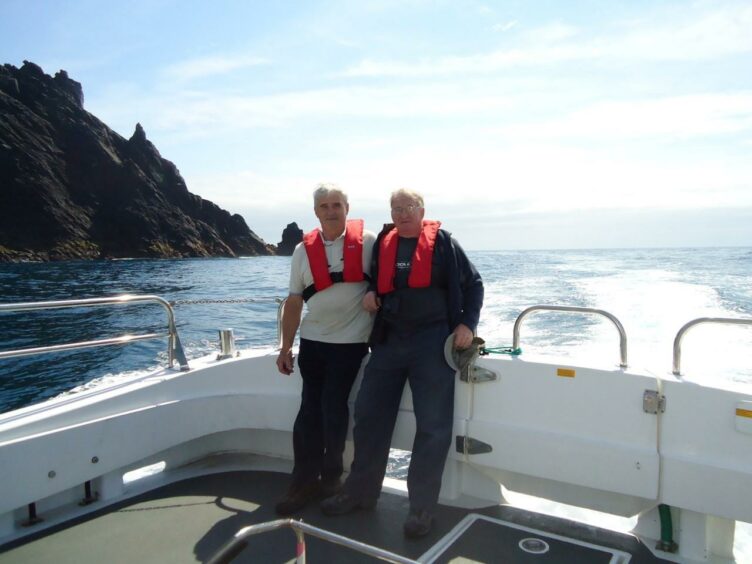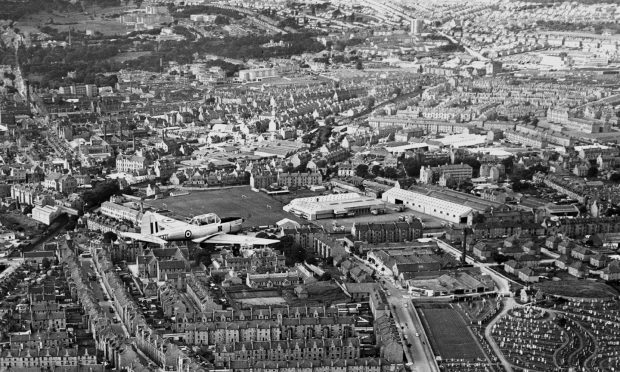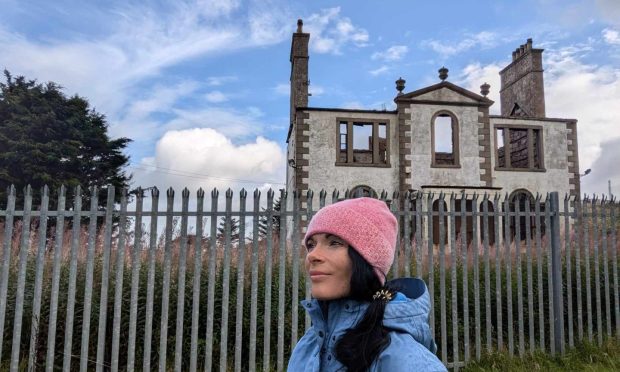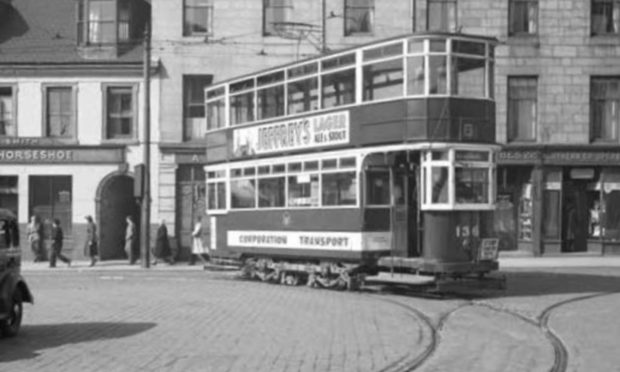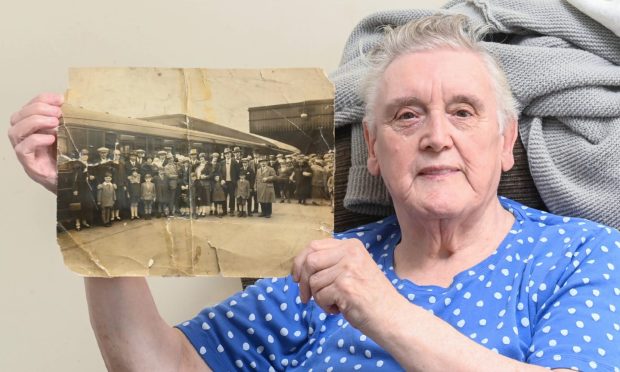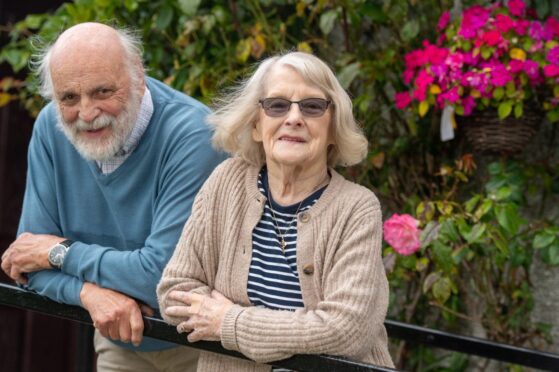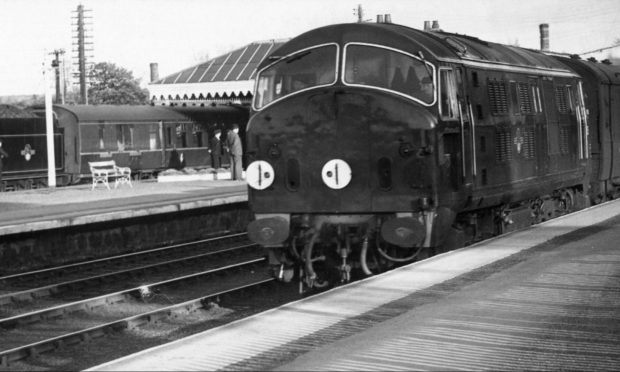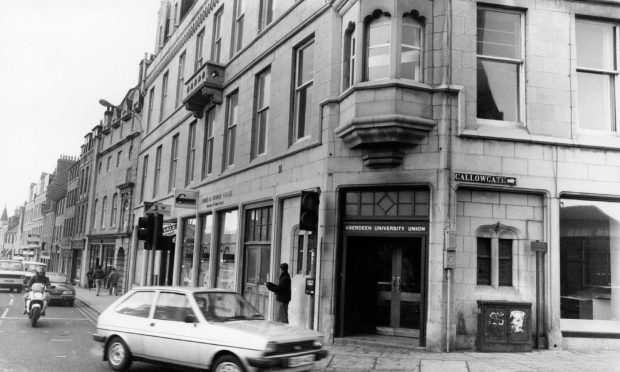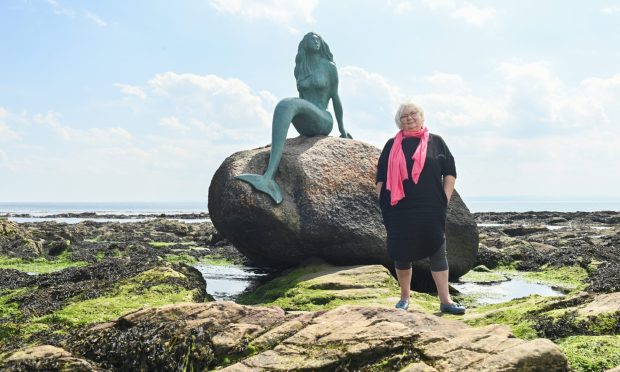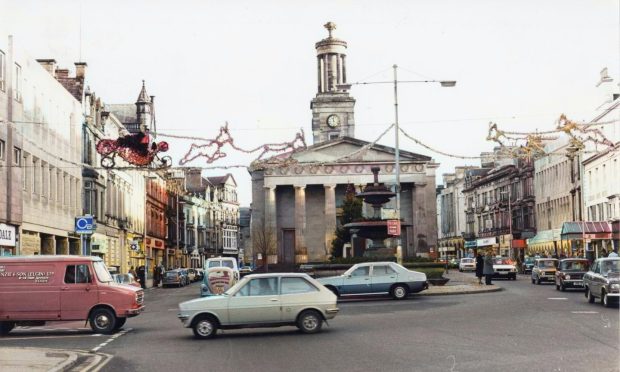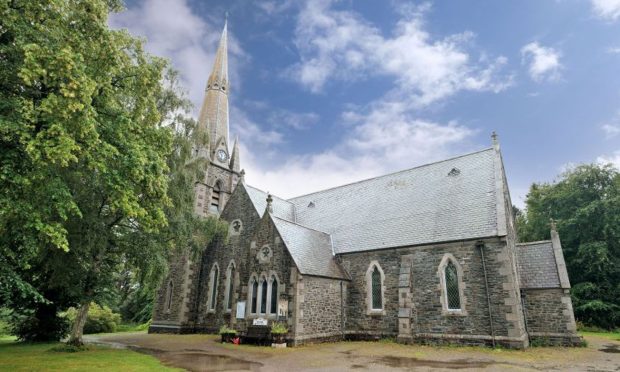They are among the most haunting and remote islands anywhere on the planet. Places which, once seen, are never forgotten.
St Kilda has attracted visitors from all over the globe since Victorian times when the then residents were filmed by pioneering Aberdeen photographer, George Washington Wilson, living and working as they and generations of their predecessors had done for millennia.
The archipelago, comprising Hirta, Dun, Soay and Boreray, was formally designated a dual UNESCO World Heritage site in 2005 and the National Trust for Scotland has worked tirelessly to restore some of the crumbling parts of the old village which has been deserted since the last surviving residents were evacuated from their birthplace in 1930.
Davie Fraser, who was born and lived most of his life at his croft in Kilmorack in Beauly, was among those who regularly made the arduous journey from the mainland to work on the infrastructure at the heart of St Kilda.
And right up until last month – when he died at the age of 78 – he was proud of the job he did as a building contractor on the islands at the edge of the world.
A proud history
Susan Bain, the Western Isles area manager for the NTS, was among those who appreciated Davie’s gifts, graft and indefatigable commitment.
She said: “The first major job that Davie was involved with on St Kilda was the refurbishment of the manse.
“This was constructed in 1827-28 to a design by Robert Stevenson (the grandfather of Treasure Island author Robert Louis Stevenson), who is more usually associated with designing lighthouses.
“It had been the home to the ministers and missionaries and their families on St Kilda until 1930. It was quite derelict when the military arrived in 1957, but they did take it over and it became the officers’ mess in 1962.
“Nearly all of the original features were ripped out during this refurbishment by the army, such as the original windows and linings and the fireplaces. In addition, the internal layout was changed and a linking corridor installed to allow access to the new MoD buildings.
“The manse came back to the Trust in May 2008 and we undertook research to better understand the history of the building, including looking at the original plans as well as all the modifications which were carried out throughout the 19th and 20th centuries.
“The brief was to provide accommodation and working area for staff that was of a high environmental standard, providing comfortable modern living and working areas, but sympathetic to its setting in a historic building.
“This was a challenging brief anywhere, but there are, of course, additional complexities with St Kilda. We had contracted Davie to do the works over the winter of 2009-10, so that they wouldn’t impact on the summer season.
‘Just give me a call when the boat goes’
“He had purchased all the materials, and a container with them and all the tools and equipment was shipped to South Uist ready for onward transport.
“However, the weather didn’t co-operate and there was no autumn sailing, so the next sailing would have to be the following May.
“This could have been a very difficult moment, but Davie had a team ready to go and his response was: ‘Just give me a call when the boat goes’.
“We re-scheduled for the spring and the works were carried out that May and June, on time and on budget. If Davie forgot to pack anything for the job, we never knew about it, he managed the complex logistics of St Kilda calmly.”
Davie was blessed with the attitude that “genius is an infinite capacity for taking pains”, and readily accepted that St Kilda was hardly the sort of place where you can carry out quick fixes during booked appointments.
Yes, it can be wonderfully picturesque – but it can also be a tempestuous, storm-tossed environment; one of the reasons why the original settlers were removed from their spartan houses more than 90 years ago.
But his crofting background meant that Davie was ready to adapt to changing circumstances and soon enough, he returned to the islands.
He relished a new challenge
Susan said: “We had no hesitation in choosing Davie to carry out our next refurbishment of the Factor’s House, a couple of years later.
“This was a different brief as a lot of the historic fabric survived, so it was a more delicate approach, but we still needed to upgrade the electrics and plumbing and put in better kitchen and bathroom facilities to provide a comfortable home and workplace for staff and researchers who can spend months at a time on St Kilda.
“Once again, the logistics of getting materials tools, equipment and people out were all managed well. Davie had a network of friends and acquaintances across the Highlands and Islands to help things run smoothly.
“He understood that projects get delivered by people and was an excellent people manager and these works were very important to the Trust.
We lost our good friend Davie Fraser this week. Davie was a managing contractor who oversaw the restoration of the manse and the Factor's House. Taking all the difficulties of working on St Kilda in his stride. We will miss him terribly but he leaves a fantastic legacy pic.twitter.com/5WgbGQKanP
— St Kilda Rangers (@StKildaNTS) September 30, 2021
“St Kilda become a cultural World Heritage Site in 2005 and the work on the manse was the biggest piece of work on a building since gaining that status.
“The manse is a highly visible building, standing at the top of the jetty and it played an important part in the history of St Kilda.
“The refurbishment of the manse and the Factor’s House meant they are not only conserved as important historical buildings, but can play an important part in the future by enabling important conservation work to be carried out.”
With St Kilda in spirit
Davie had been planning another visit to the islands, but sadly, illness meant this wasn’t possible. And Susan and the NTS team mourned his passing.
She said: “I know I was looking forward to Davie coming out again this year to fix some plumbing issues. It was quite a small job, but even small jobs take a lot of planning on St Kilda and he’d planned for many eventualities to make sure the problem could be fixed.
“I think he was looking forward to coming back, staying in the Factor’s House he had helped refurbish and catching up with friends he had made.”
Davie’s daughter, Jane, told me that her father had also plied his trade on the islands of Canna, Mull and Handa.
She added: “He also worked at Brodie Castle (in Forres), and at Abertarff House and Balnain House (in Inverness).
“His brother Jimmy worked with dad on various jobs on St Kilda. And dad’s grandson, Lewis, worked with him on the island for nine weeks solid.”
Old ghosts resonate around the archipelago.
One suspects that even though he has gone, Davie is still surveying the unique Hebridean landscape in spirit.
